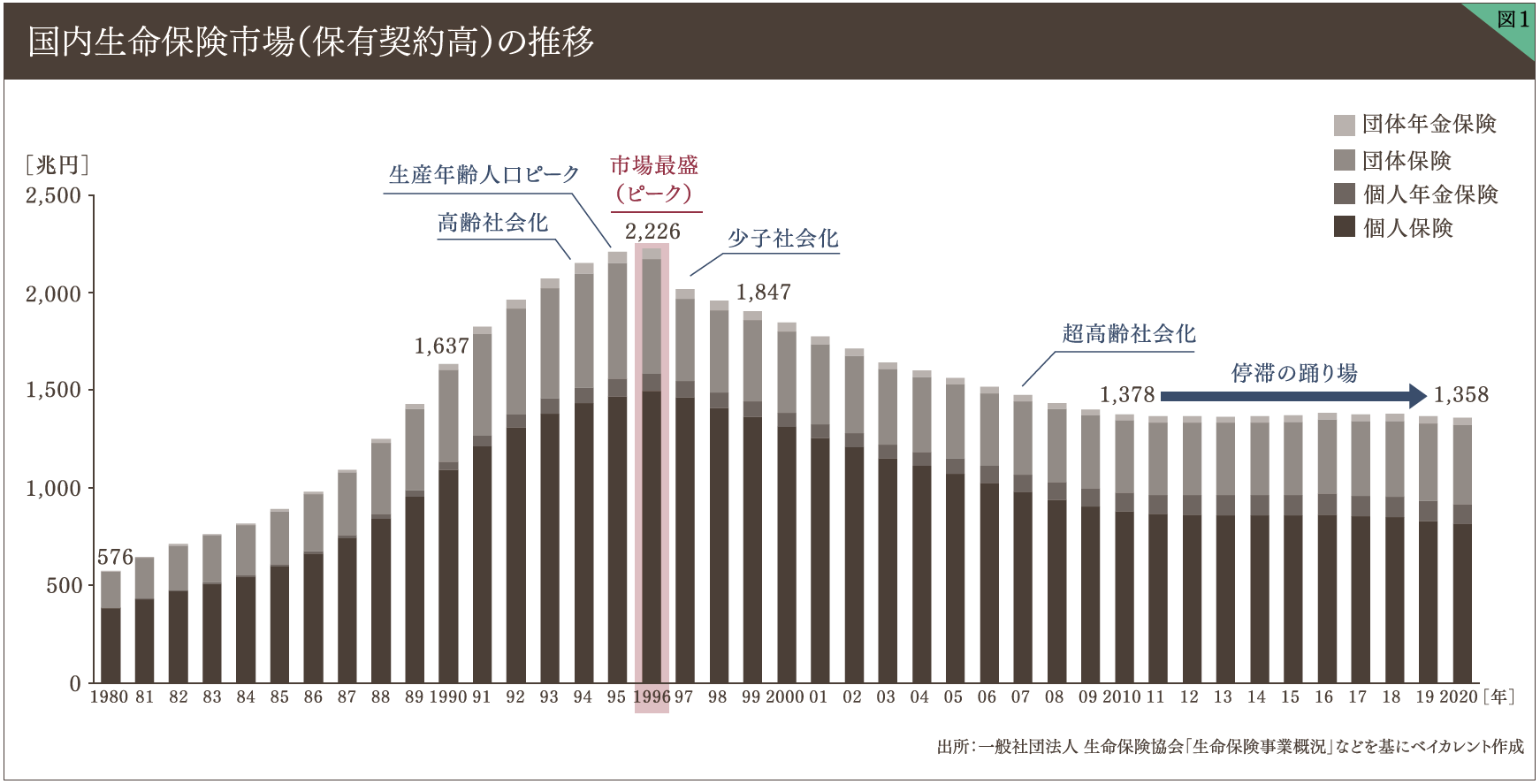Breaking away from “insourcing” will bring about business transformation in the life insurance industry

Self-reliance in Japanese Companies and Two Approaches to Breaking Away from It
For Japanese companies in the past, "self-reliance" based on their own management resources and research and development was a source of competitiveness and contributed to medium- to long-term growth.
However, recent technological advances and globalization have led to the shortening of product life cycles, the increasing sophistication of products and services, and intensified international competition, including from emerging countries. Consequently, maintaining medium- to long-term growth and a competitive edge without utilizing external resources has become increasingly difficult.
As a result, business transformation through open innovation, which leverages external resources to create innovative products and services, has become the global mainstream. However, it has been pointed out that Japanese companies' excessive adherence to self-reliance is hindering transformation through external resource utilization, leading to a growing call for a "break away from self-reliance."
In the past, when product life cycles were longer, self-reliance had its advantages. Economies of scale and scope were realized through mass production of various products, and having resources in-house also reduced transaction costs.
However, as previously mentioned, this self-reliance, once a hallmark and strength of Japanese companies, has now become an obstacle to innovation. The 2019 White Paper on Information and Communications in Japan (Ministry of Internal Affairs and Communications) also notes that "As the digital economy evolves, the relationships between companies need to be restructured in light of changes in value sources and cost structures," and observes that "Corporate activities that have traditionally been carried out in-house will need to be procured from external sources."
To survive in the coming era, organizations must thoroughly eliminate the status quo bias (endowment effect) and move away from self-reliance with a strong will. Even in Japan, some pioneering companies are actively utilizing external resources and progressing towards breaking away from self-reliance.
●Approach 1: Mutually Beneficial Collaboration with Companies in the Same Industry "To Benefit Each Other"
[Example] Four Major Beer Companies
The four major beer companies (Suntory, Kirin, Asahi, and Sapporo) began collaborating on logistics in 2017 to reduce CO2 emissions and address labor shortages. They are strengthening their collaboration through joint deliveries in Hokkaido and joint transport between Kansai and Chugoku/Kyushu using rail containers.
●Approach 2: Complementary Collaboration with Different Industries "Making Up for Weaknesses and Leveraging Strengths"
[Examples] Toyota Motor Corporation, NTT, etc.
Toyota Motor Corporation is constructing "Woven City" at the foot of Mount Fuji as a demonstration city where all the things and services that support people's lives are connected through information. In this project, companies from different industries, such as NTT, Panasonic, and ENEOS, are combining their respective strengths and technologies to create open innovation.
The choice of which scheme to adopt may vary depending on the industry and the circumstances of each company. For example, in a closed industry with little interaction with other industries, it may be beneficial to start with ① mutually beneficial collaboration and then expand to ② complementary collaboration. By using ① mutually beneficial collaboration among companies in the same industry, where collaboration schemes such as value chain integration are easier to conceive, as a starting point, it is possible to foster a culture of breaking away from self-reliance throughout the industry. This can then broaden the scope to other industries and establish ② complementary collaboration, thereby achieving a significant business transformation.
A Two-Pronged Approach to Breaking Away from Self-Reliance in the Life Insurance Industry
So far, we have discussed the need for Japanese companies to move away from self-reliance and the current situation. From here, let us focus on the life insurance industry.
The life insurance industry is no exception and is one of the sectors that need to undergo business transformation by moving away from self-reliance. However, the following industry-specific characteristics are believed to be hindering this transition and slowing down the reform process:
・The industry has predominantly operated under regulations such as the Insurance Business Act.
・The role of the insurance industry is to complement public insurance, creating high entry barriers to ensure business soundness, which makes it difficult for disruptors from other industries to emerge.
・ Product development is required to comply with each country's laws and regulations, making it less exposed to international competition compared to manufacturing industries that can export the same products globally.
The domestic life insurance market peaked in 1996 but has since been in decline due to a decrease in the working-age population and the challenges of an aging society with a low birthrate. However, this contraction trend has gradually slowed down with the introduction of products catering to diversified consumer needs, and the market has been stagnating since around 2010 (Figure 1). Around this time, driven by the trend of digital transformation (DX), efforts to move away from self-reliance began to emerge and continue to this day.
For example…

To read the full text, please download the PDF.
DownloadPDF(1.35 MB)